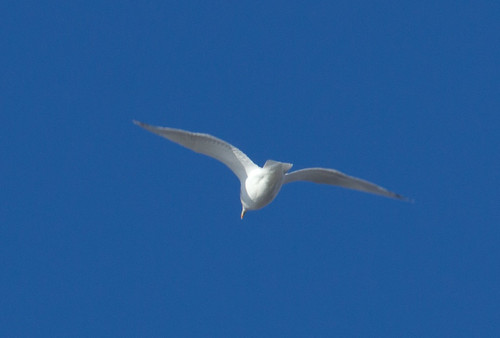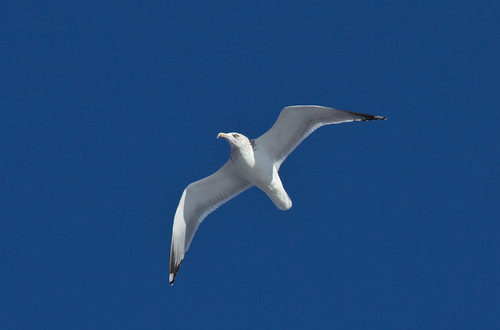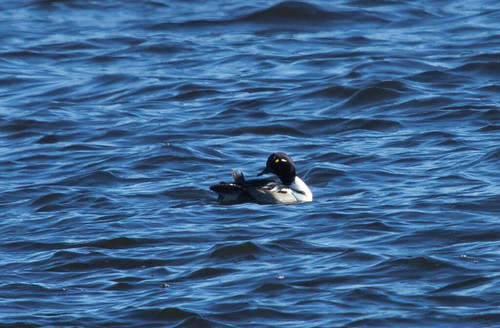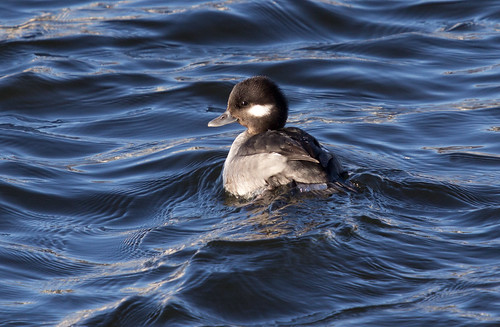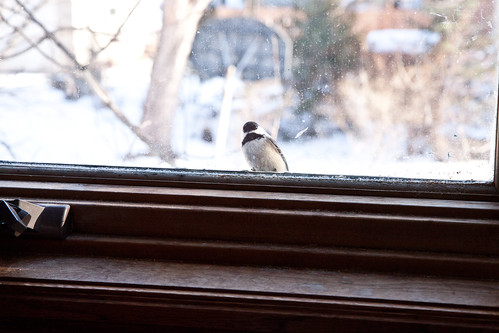 |
| You there? |
The main thrust of my Conservation Big Year is to see, photograph, and write about as many birds as I can, focusing primarily on species of conservation concern while enjoying everything else out there as well. And I’ll be most intent on visiting places that I consider especially significant in terms of conservation. But how I do all this birding is equally important. I don’t have the money, time, or energy to race about the countryside every day. To maintain my resources and stay excited all year, I’m trying to pace myself. But even on “down days,” I want to be mindful of every bird I encounter, and to enjoy all the birds around me. One of my goals is to get into the habit of reporting my sightings to eBird. Even though my day total today was a mere 8 species, I posted my checklist on eBird, meaning I had to make a complete count or as accurate an estimate of the number of each species as possible. And another goal is to have fun no matter what I’m seeing. That’s easy when I’m home! My chickadees persistently come to my hand for mealworms. Chickadee flocks wander about a fairly large area all day, returning to favorite feeding spots repeatedly. When they arrive in my yard, one or two will come to the box elder right out the second story window by my desk. One in particular often alights on the windowsill to give me a long, hard stare if I don’t instantly jump up to feed them. When I’m downstairs in the dining room, I notice that that one or another sometimes hovers and looks in at us, too. I’ve never seen a chickadee do this at any window of any other house in my neighborhood, and am absolutely certain that they realize this is the one house that contains a trained human with a supply of mealworms.
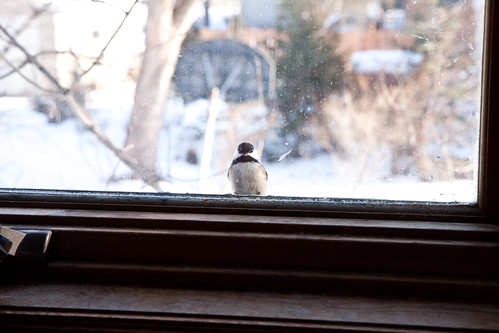 |
| Yes, I’m talking to YOU! |
In the hand, I can feel that some chickadees are noticeably heavier than others. One is shyer than the rest. At first that one would flutter over my hand for several passes before alighting, and often just give up and head to a feeder instead. Now it’s consistently alighting on my hand, but if I move even a tiny bit, it vanishes! Most of them grab and mealworm and fly off, but one often starts eating right there. I don’t know if I find it more sweet that it trusts me so much or more yucky, because after that one comes, I have to go wash a goopy mess of mealworm innards off my hand. By their interactions, I can tell which are ranked higher or lower in the flock’s hierarchy. Assuming it’s always the same one alighting on the window (they’re not color-banded, so I have no way of being certain), that one seems to be in about the middle of the flock hierarchy. When it’s the only one there, it races to my hand the moment I crack open the window. But when other chickadees are about, it sits in a nearby branch while one or two come to my hand first. Now that it’s January, any discord in establishing the flock hierarchy has been settled, and I virtually never hear the gargle call or other signals that one is taking its turn before higher-ranking ones. A pair of White-breasted Nuthatches and at least four Red-breasted Nuthatches are often about, and they can’t help but notice what the chickadees are up to. They’re much more skittish around me than the chickadees are. At least two Red-breasted Nuthatches have come to my hand, but not reliably–they are more likely to watch for several minutes and make a couple of passes but then give up. One day a White-breasted Nuthatch alighted, but not since, even though a male and female are often within 6 or 8 feet watching as the chickadees feed.
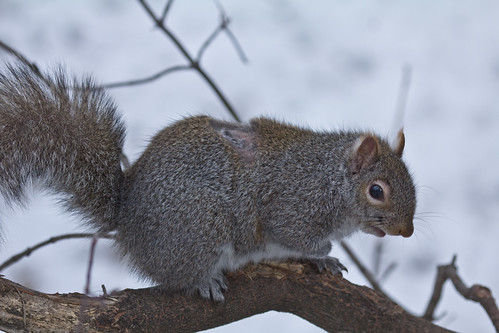 |
| Boo Boo |
Birds aren’t the only things I notice out there. My yard still has several gray squirrels. I watch out for one individual in particular–she has a nasty bald patch on her back that is apparently ringworm. It’s not been growing, but during the most frigid days I’ve been concerned about exposure and frostbite, so when I see her, I make sure she has a peanut, walnut, or other nice morsel–Russ bought me a bag of mixed nuts especially for her. White she’s eating, or when she’s resting on a high branch in a patch of sunshine she keeps her tail over her back, providing some protection, so I’m hoping my looking out for her will help her recover. I’ve seen red squirrels, white-tailed deer, and even a Norway rat so far, but fortunately none in my own neighborhood.
Totals for day:
Species: 8
New: 0
Miles: 0
